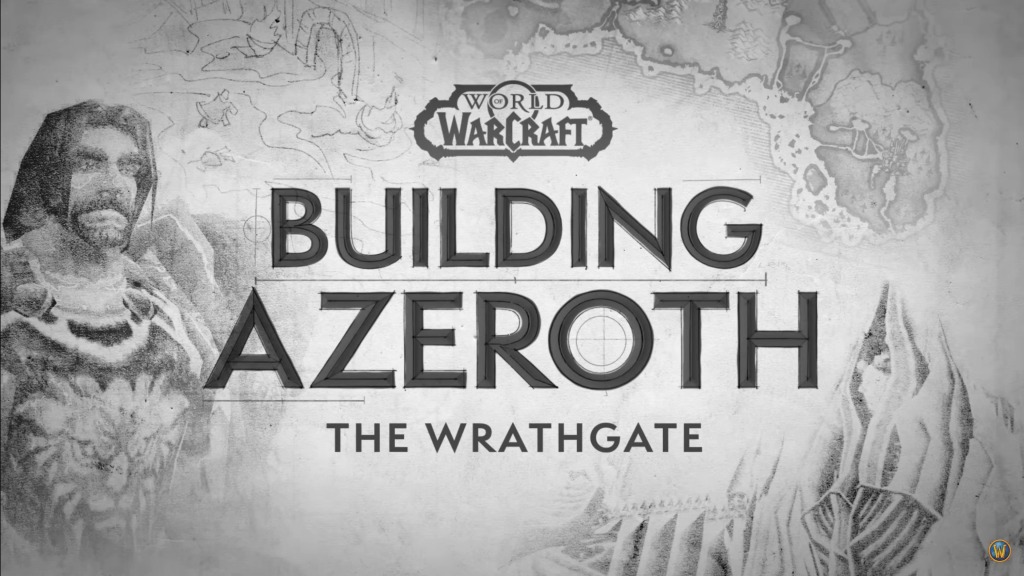- Author: Pride
- Date: September 17, 2022
- Updated: September 17, 2022
- Expansion: WotLK Classic
Blizzard has released a new episode of the “Building Azeroth” series, where developers who worked on the original Wrath of the Lich King expansion back in the day get together to discuss how it was created. This episode features Lead Cinematic Narrative Designer Terran Gregory, who talks us through the process of creating the universally praised and beloved Wrathgate cinematic. You can watch the video below, or scroll further down for a brief run-down of the topics discussed.
Gregory gives us a brief history of the lead-up to the Wrathgate cinematic. The higher-ups at Blizzard wanted the first that players run into the Lich King in the flesh, rather than a specter or shadow of his, to be a special event, accompanied by a cinematic. Blizzard has of course always been known for their amazing cinematics, going back to the days of StarCraft and WarCraft 3, where their cinematic technology inspired awe in ways that nobody else could replicate at the time, featuring some edge-cutting graphics technology. However, a proper fully in-game cinematic had never been done before, so this would prove to be a major challenge for them.
Simply put, WoW just didn’t have any cinematic-focused technology at the time — all previous mini-cinematics that they had shot just used the default player camera. To that end, they took a spectator tool called “Camera Guy”, initially developed for spectating PvP arena tournaments, and enhanced it to offer the tools that they’d need to shoot in-game cinematics, such as smoothly moving and rotating the camera over time, etc. All modern in-game cinematics featured on retail WoW build off the back of “Camera Guy”, according to Gregory, and apparently it is barely more than a player add-on like a damage meter.
But even with “Camera Guy”, the game lacked other features that’d enable Blizzard to shoot cinematics in-game, such as the ability for NPCs to behave in complex, pre-determined ways, like actors would. To that end, Blizzard had a large team of developers assume the roles of “actors”, moving their characters around just like ordinary players would! These players would control complex models that were designed just for the cinematic; however, these complex models were only available on the special cinematic client that the cinematics team used, so to them they just looked like checkered boxes, which complicated coordination! If you remember the pack of orcs riding on their wolves into battle, well, that was just devs running on their mounts!

Finally, the devs wanted the cinematic to look beautiful, as Blizzard cinematics always have. To that end, they upscaled the ordinary models found on WoW in order to make them look better when shown up close, in higher resolutions. As the aim of this cinematic was to reflect in-game graphics however, they still made an effort to make sure that the models looked visually similar to how they look in-game. Observant players for example might notice that Bolvar’s face has a slightly somewhat resolution than the normally very blocky standard male human model, but the differences are subtle enough that you may not notice them at all without a side-by-side comparison — the developers did an amazing job there.
A few more other tricks and techniques are detailed, such as how they used the new vehicle technology added in Wrath of the Lich King to have the player-devs move around the dragons breathing fire on the battlefield. We are pleased to see Blizzard continuing this series, as it is both very enjoyable to get a glimpse into the makings of this fan-favourite expansion, as well as having a more human face attached to the developers who worked hard to build it. We only hope that they do more episodes of it!


